Kolkata Urban Design Studio: Spring 2020

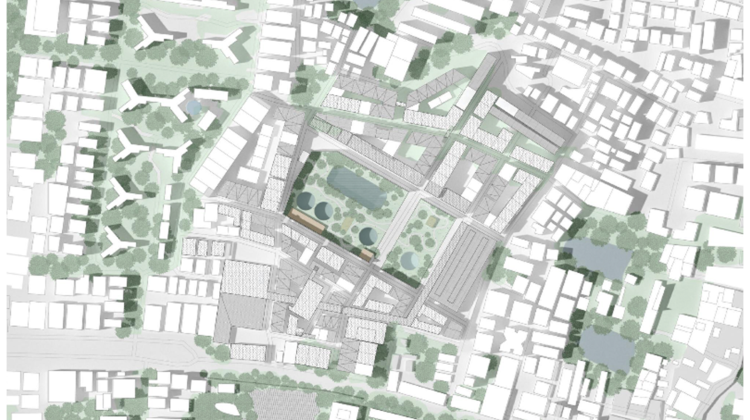

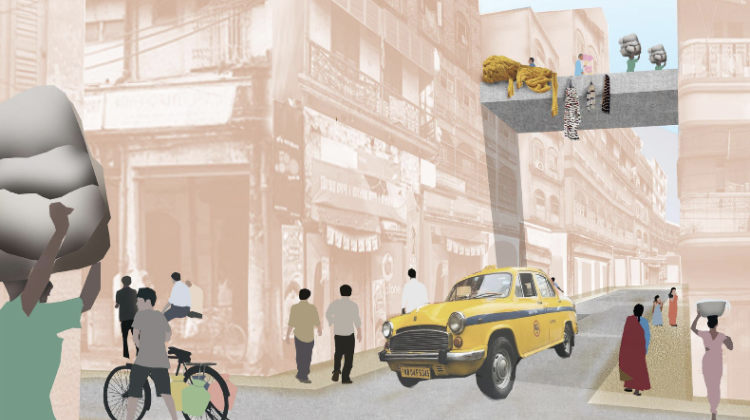
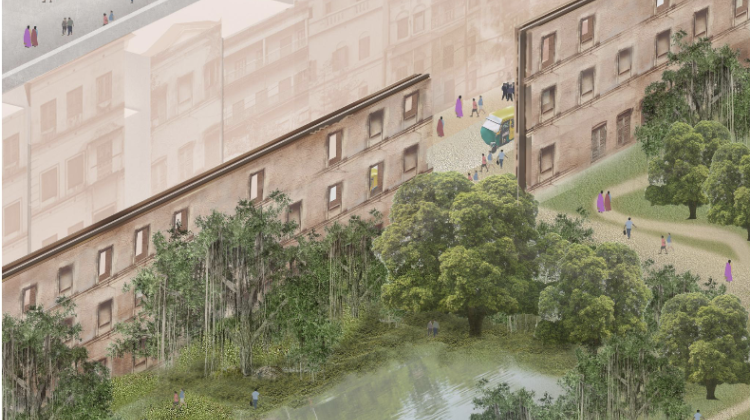

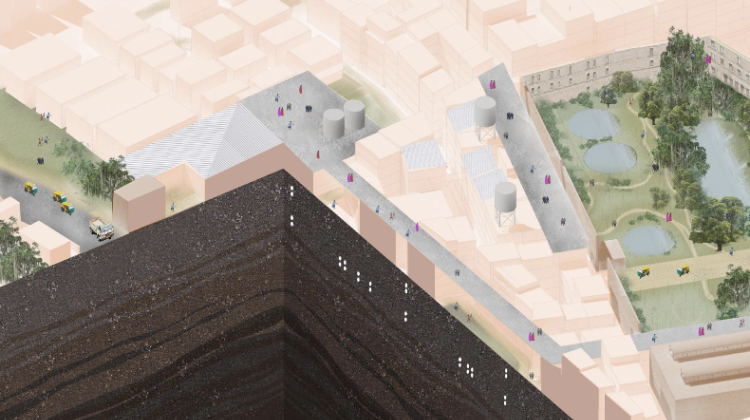
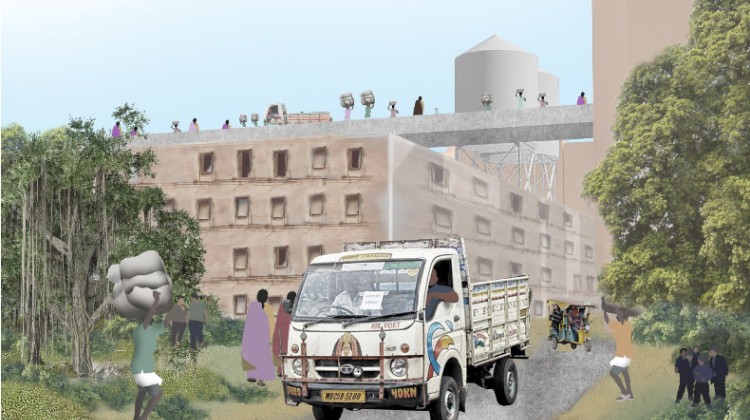
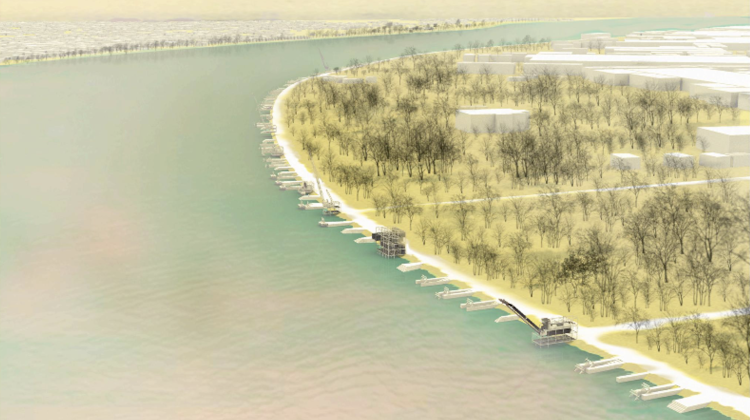
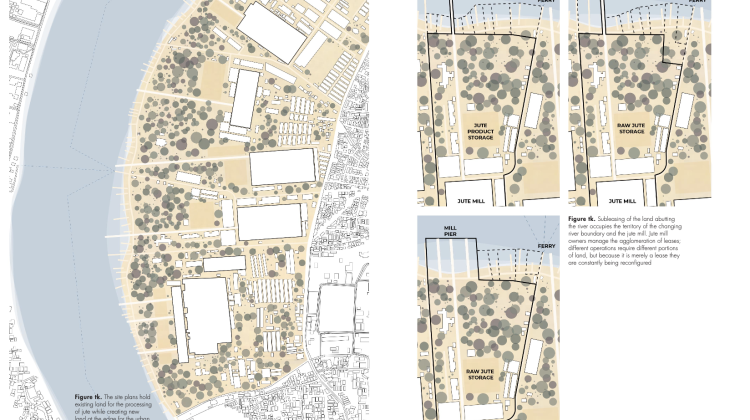
This practicum/studio proposed a design-planning collaboration to address the post-industrial sites and industrial architectural heritage of Kolkata, Britain’s erstwhile capital in the east and, until the mid-20th century, India’s largest city. Once India’s “primary” city whose imminent explosion in population explosion conjured up horrific futures in the minds of Indian and American policy experts, Kolkata is today a city in decline, with a degraded economic base, and a shrinking population; a striking contrast to urbanization patterns in the rest of India (and Asia). A strong cause for this urban and economic decline is the jute mill system, a sprawling network of industrial sites abutting the city center and the Hooghly River, the hub of a dispersed agrarian hinterland spread over the Gangetic delta linked by waterway and rail networks. In the mid-20th century, the global shift from jute usage to cheaper, more durable synthetic fibers destroyed this system, and the economic base of an industrial system 20 times the size of Detroit.
The studio took up the large riparian lands and buildings of the padlocked jute mills in order to query the intersecting problems of economic, ecological and urban vitality, and the role of planning and architectural/urban design therein. One of the major interests of this practicum/studio was to study how interests are produced and defended, and to understand planning/design as a process of negotiating interests of various kinds and at multiple scales, involving both present and absent stakes on the ground. A particular concern was the question of urban revitalization in the context of deepening economic malaise and poverty. What can planning and design achieve when some of their principal supports, premises, and causes — large financial infusions, programmatic certainty, and presumption of “growth” — might be structurally unavailing in a region owing to larger global and national trends?
Originally field-based, the studio migrated online due to the COVID-19 pandemic. Studio results were published in two volumes: A Planning Proposal for the Jute Mills of Kolkata, March 2020, and Urban Design Strategies for the Jute Mills of Kolkata, May 2020.


